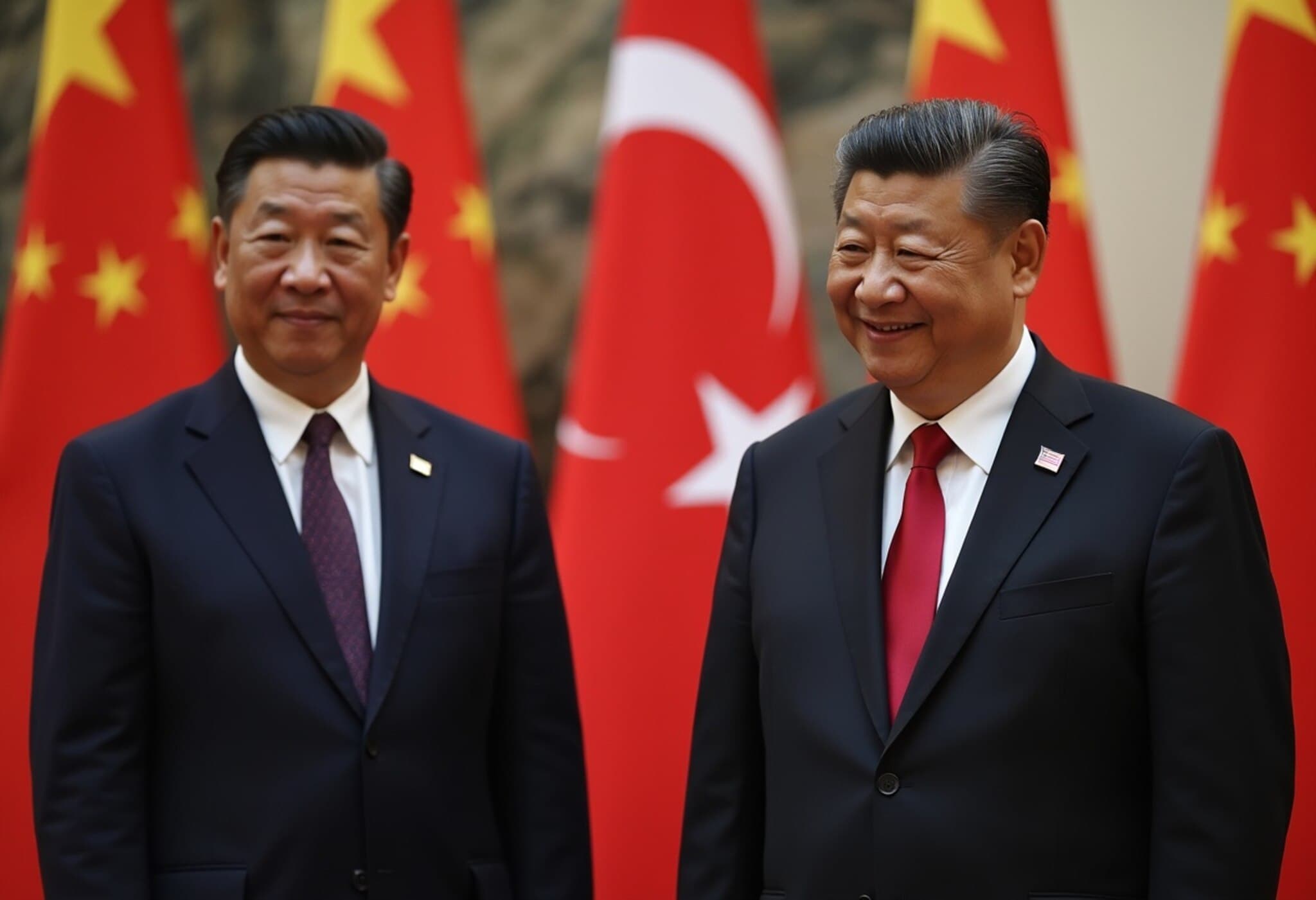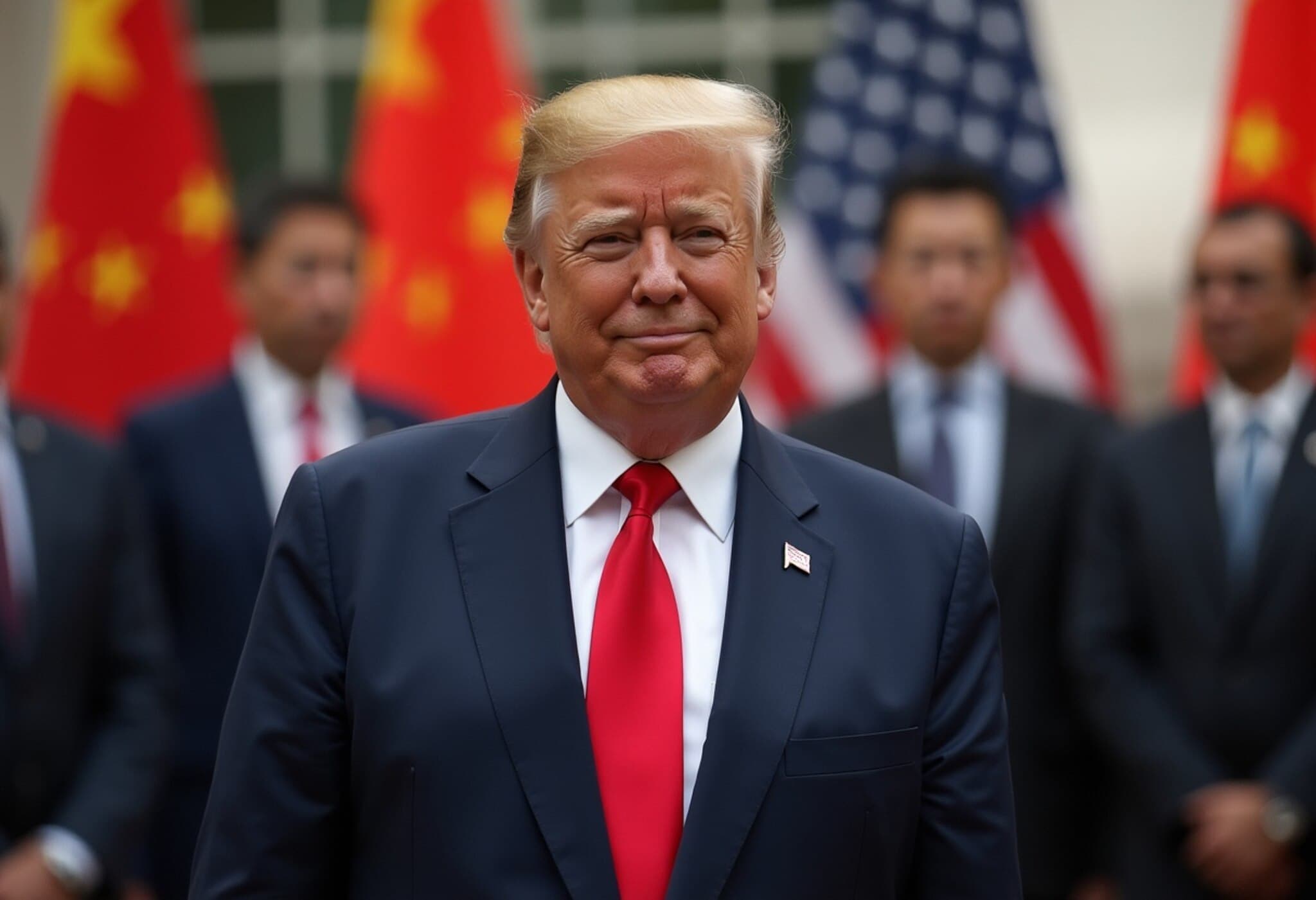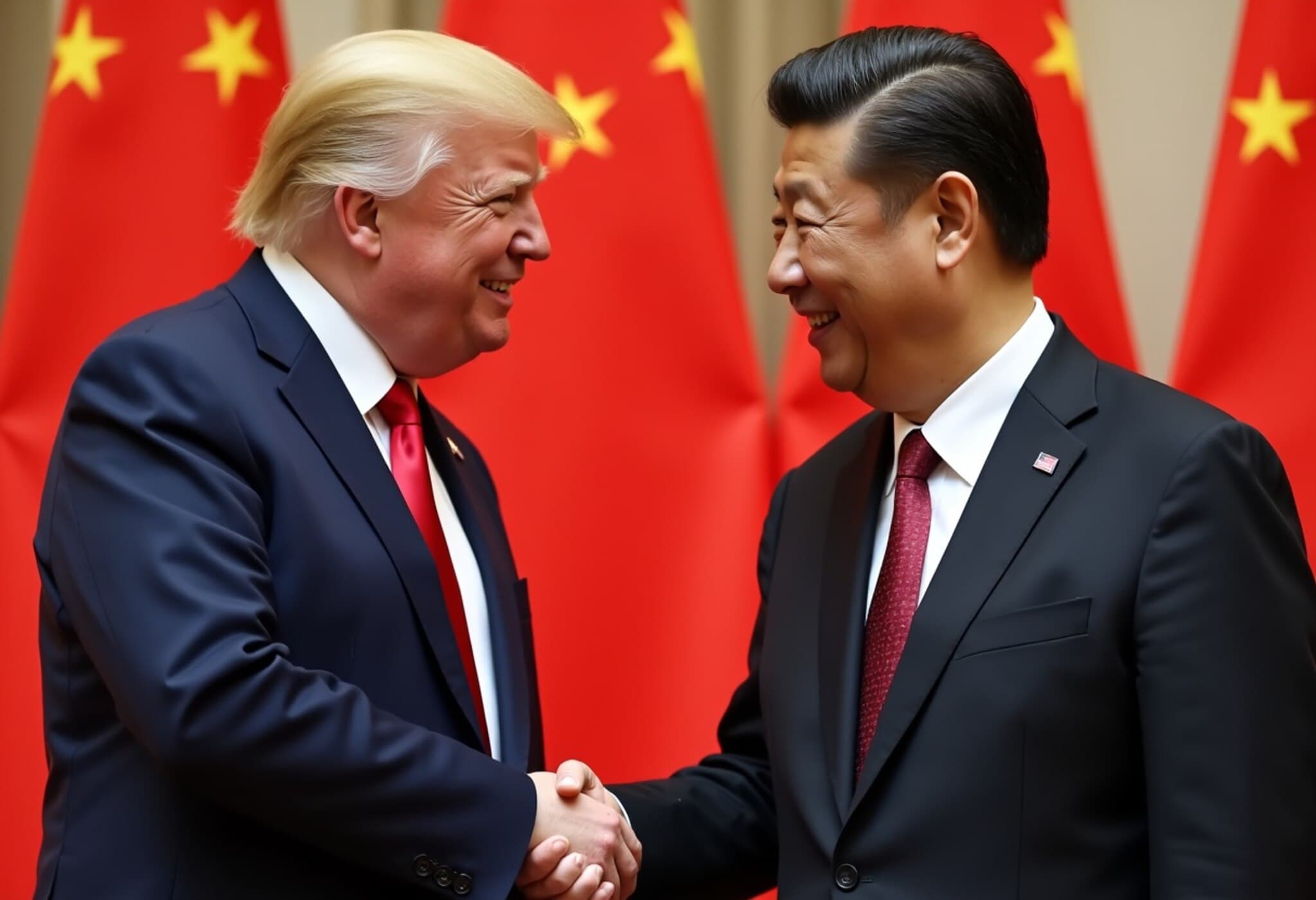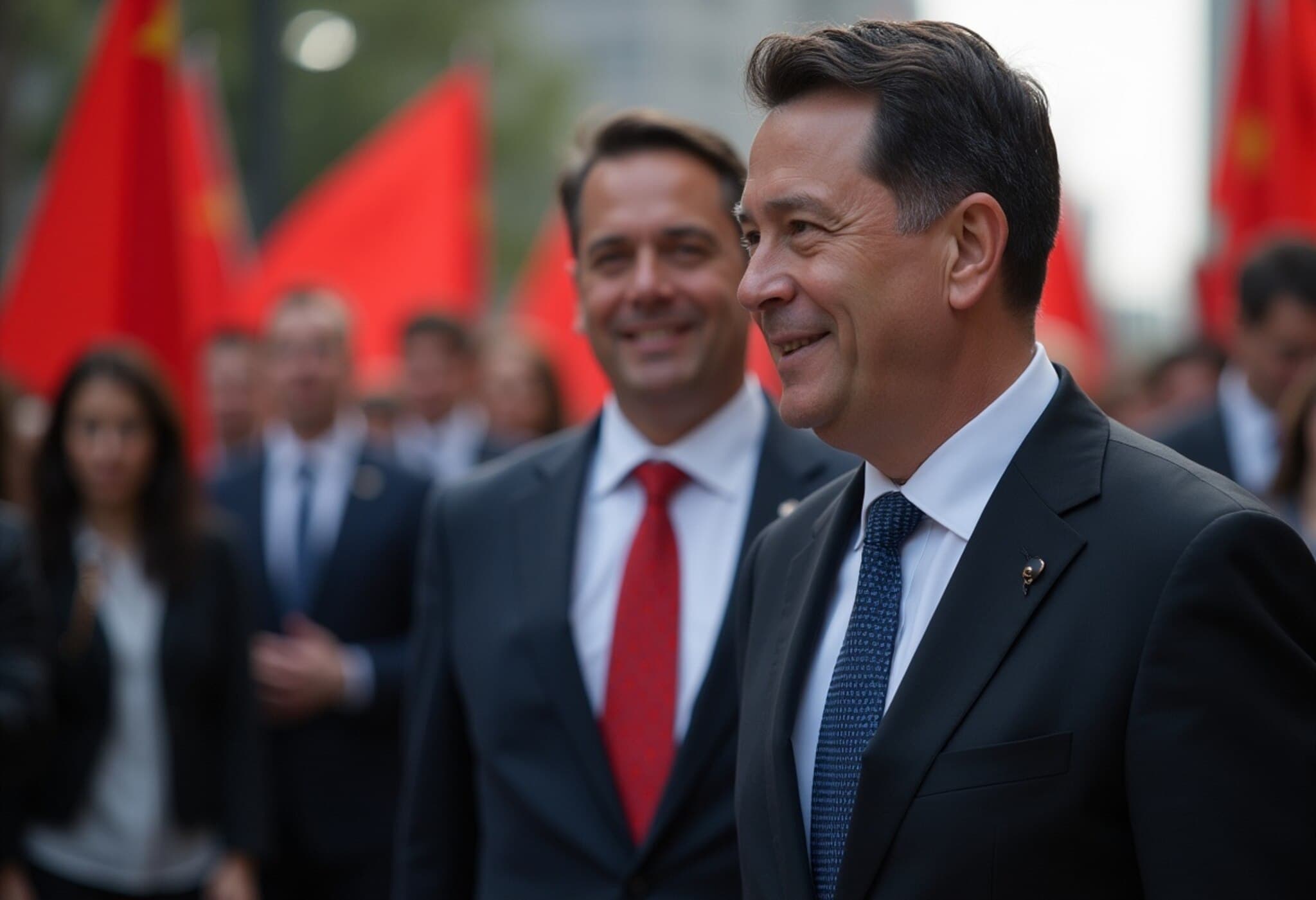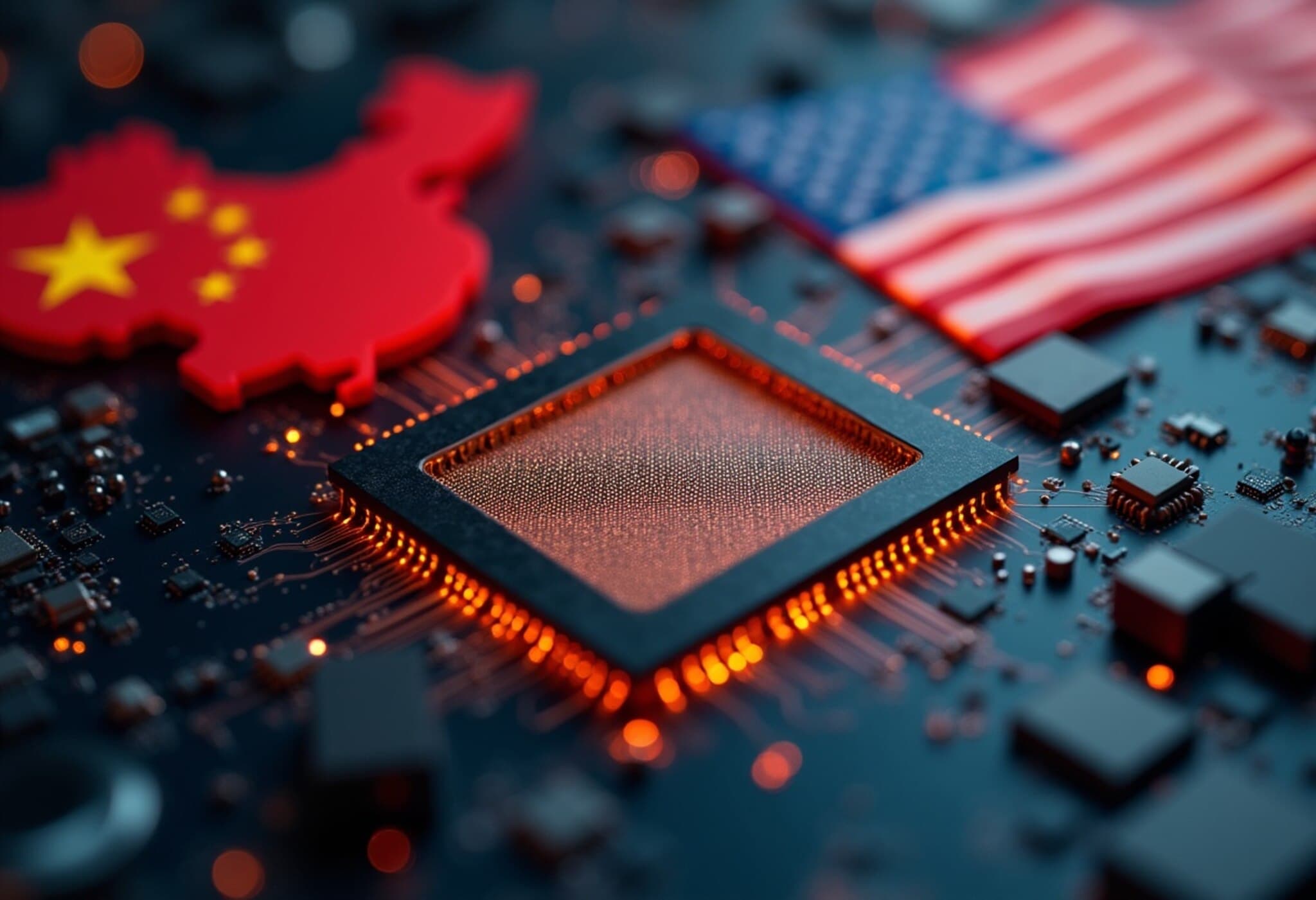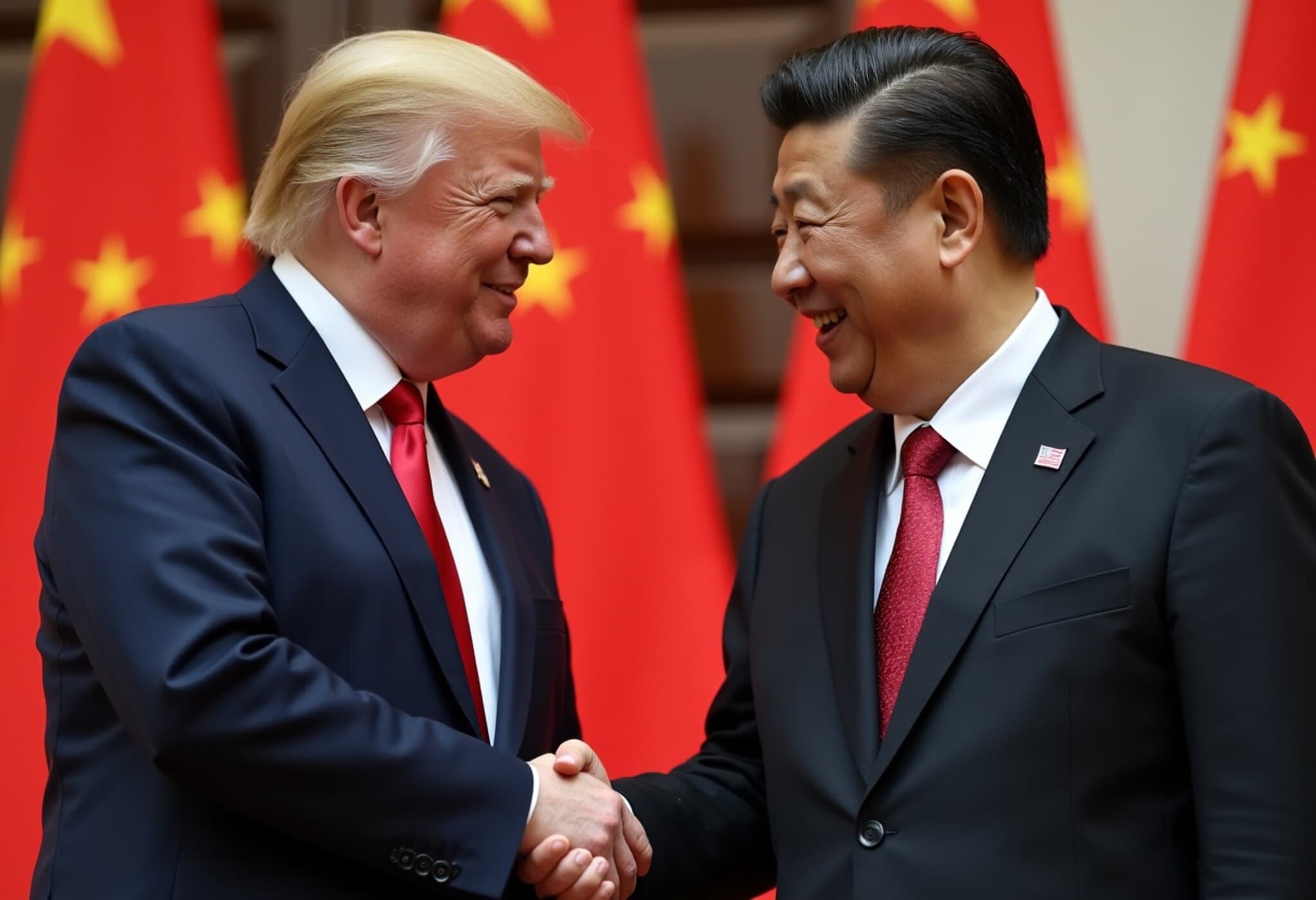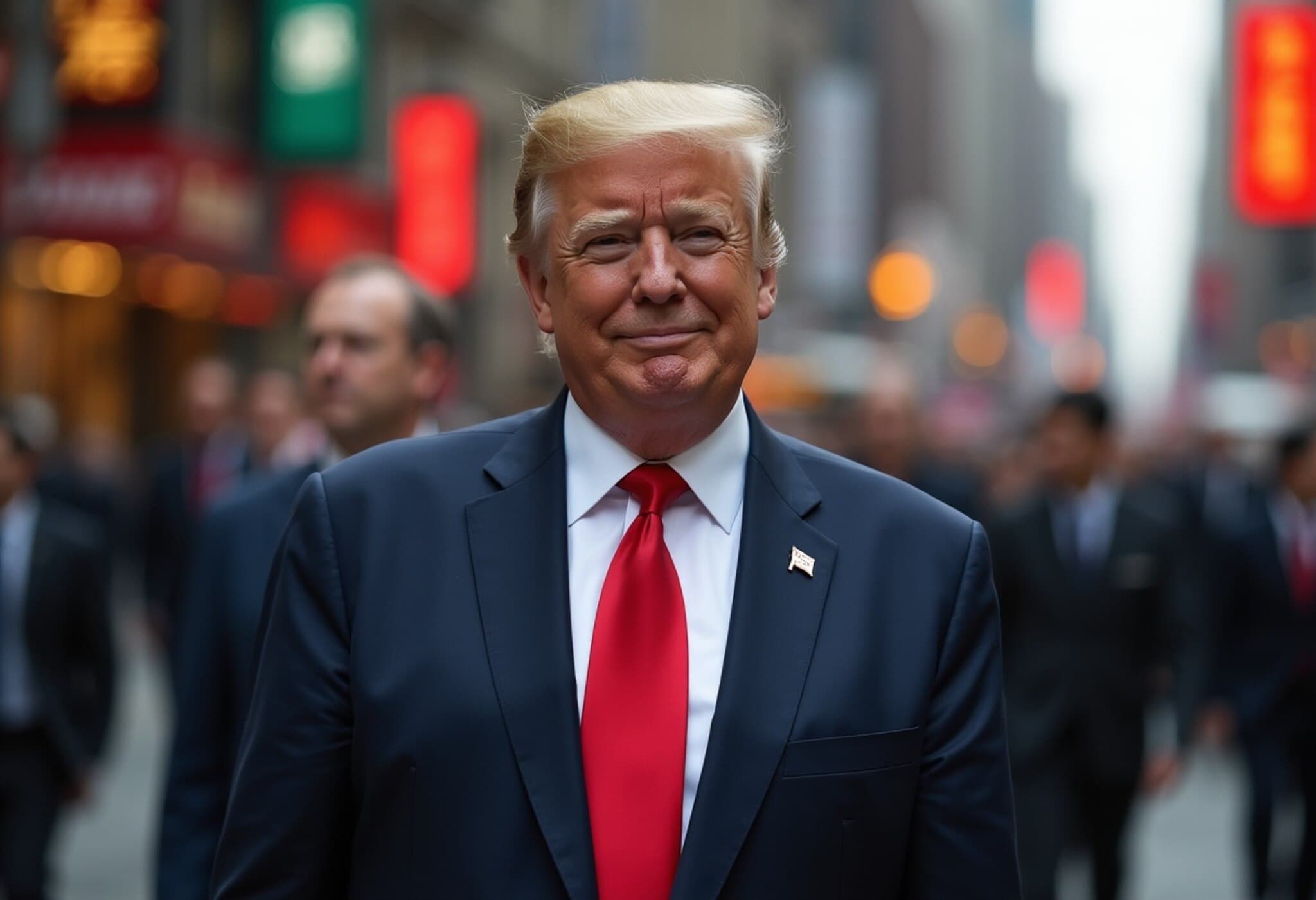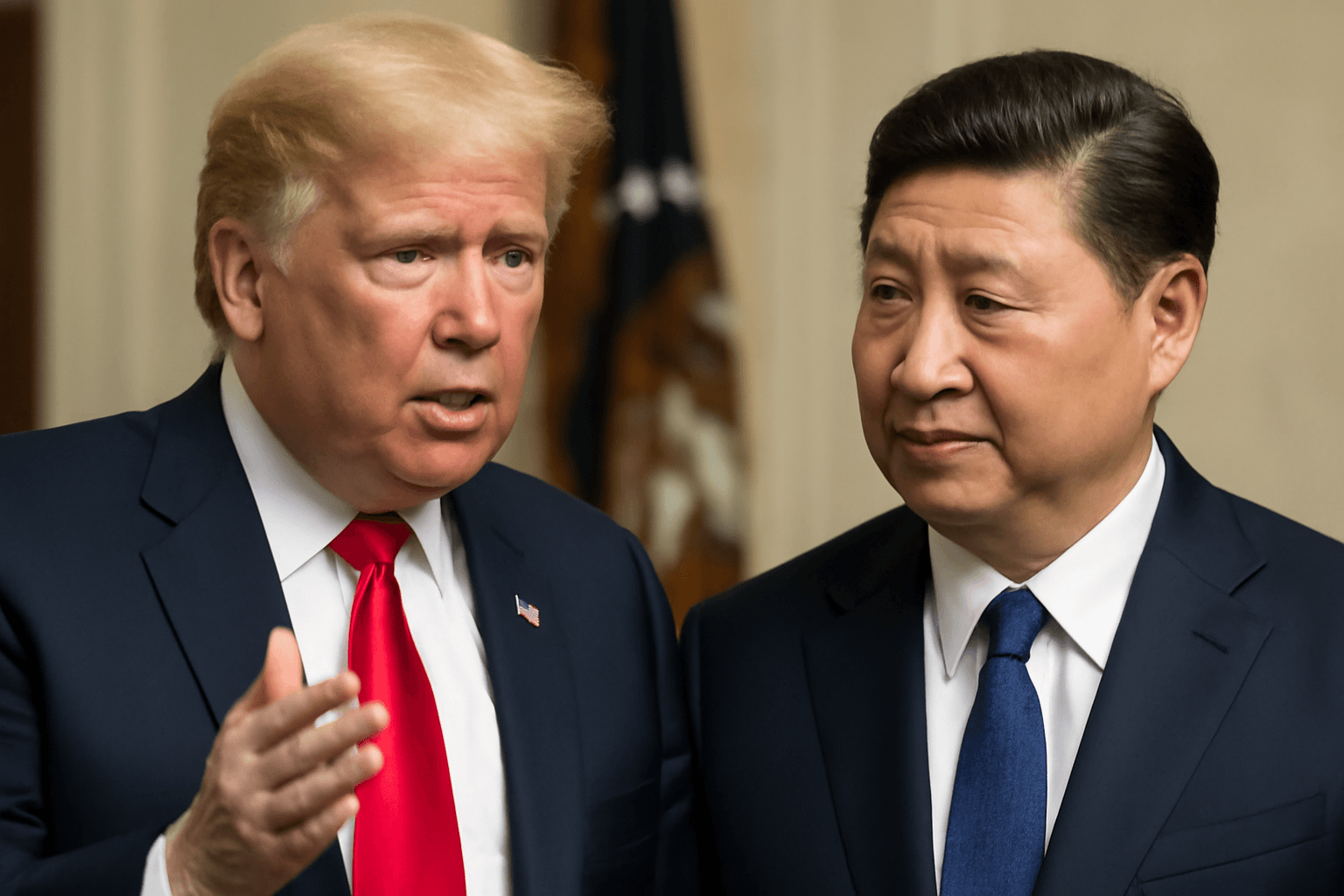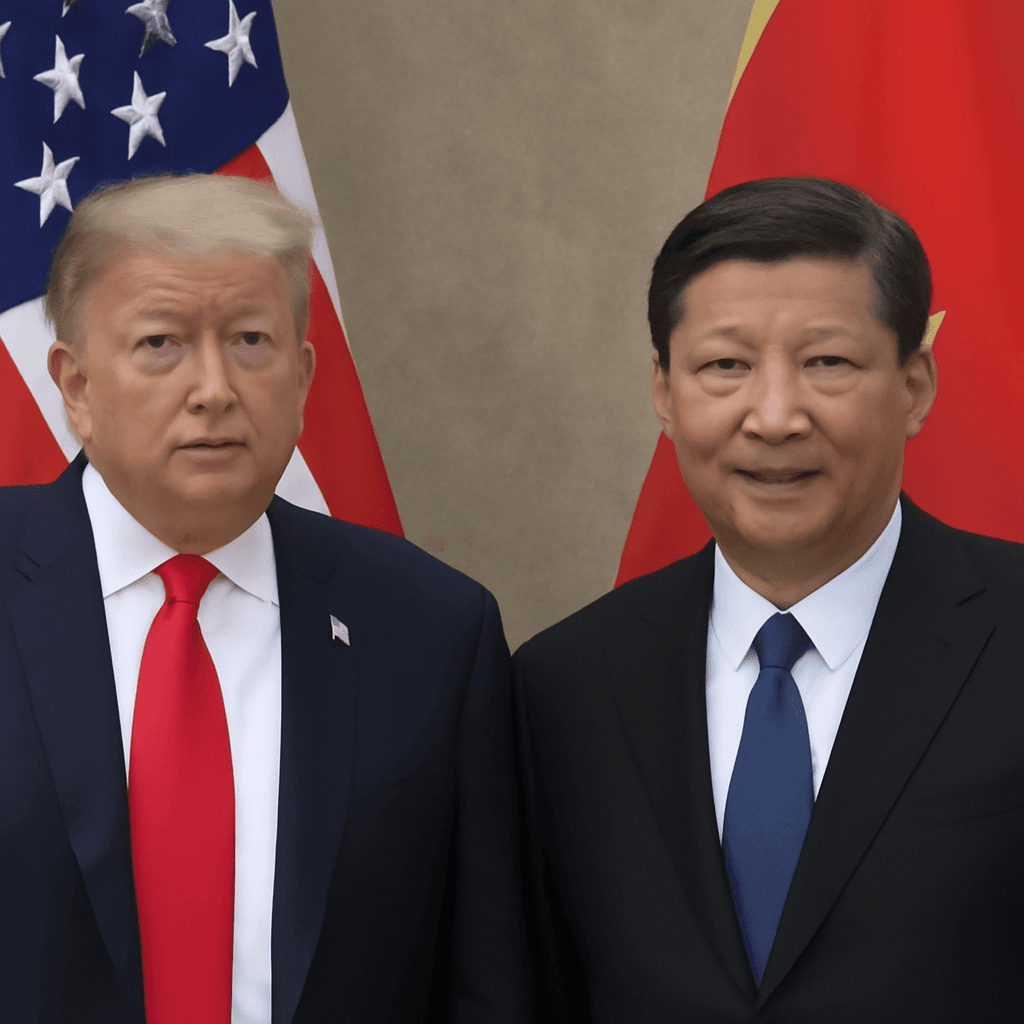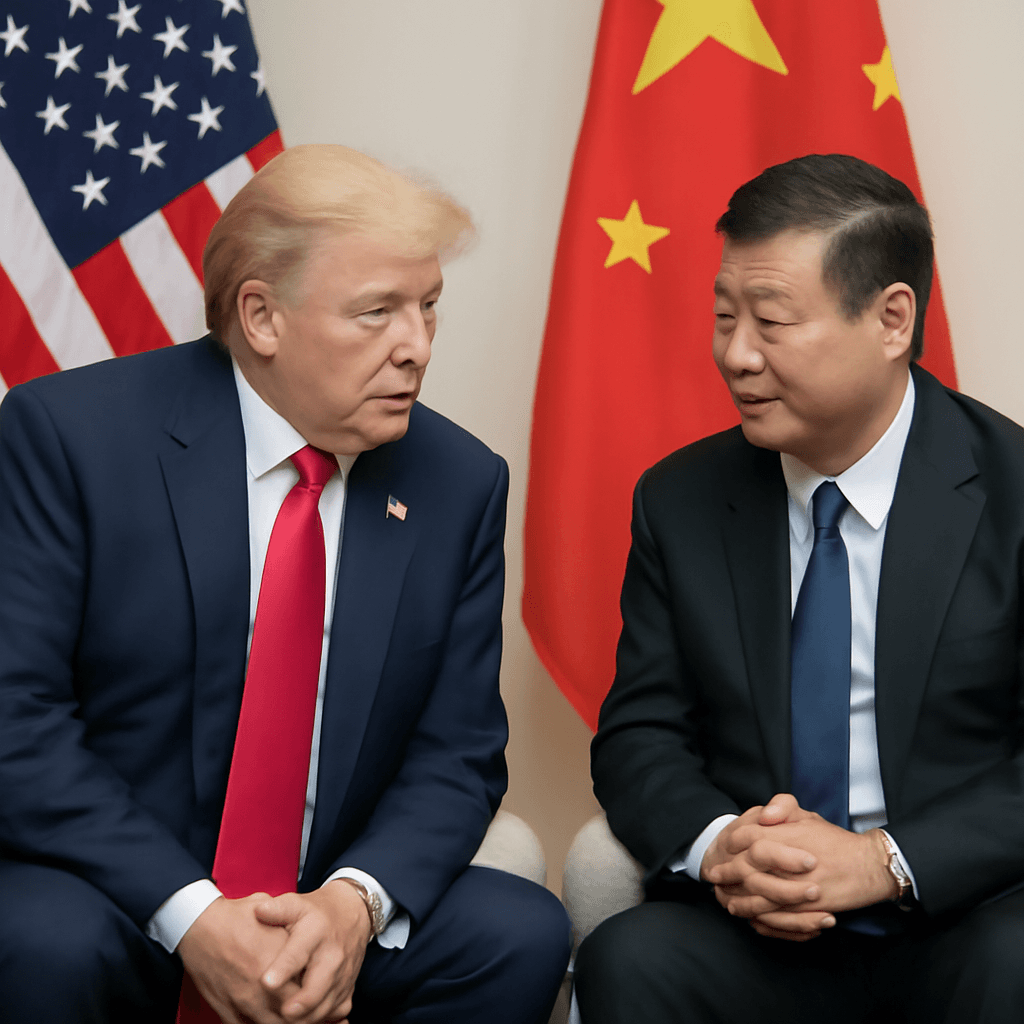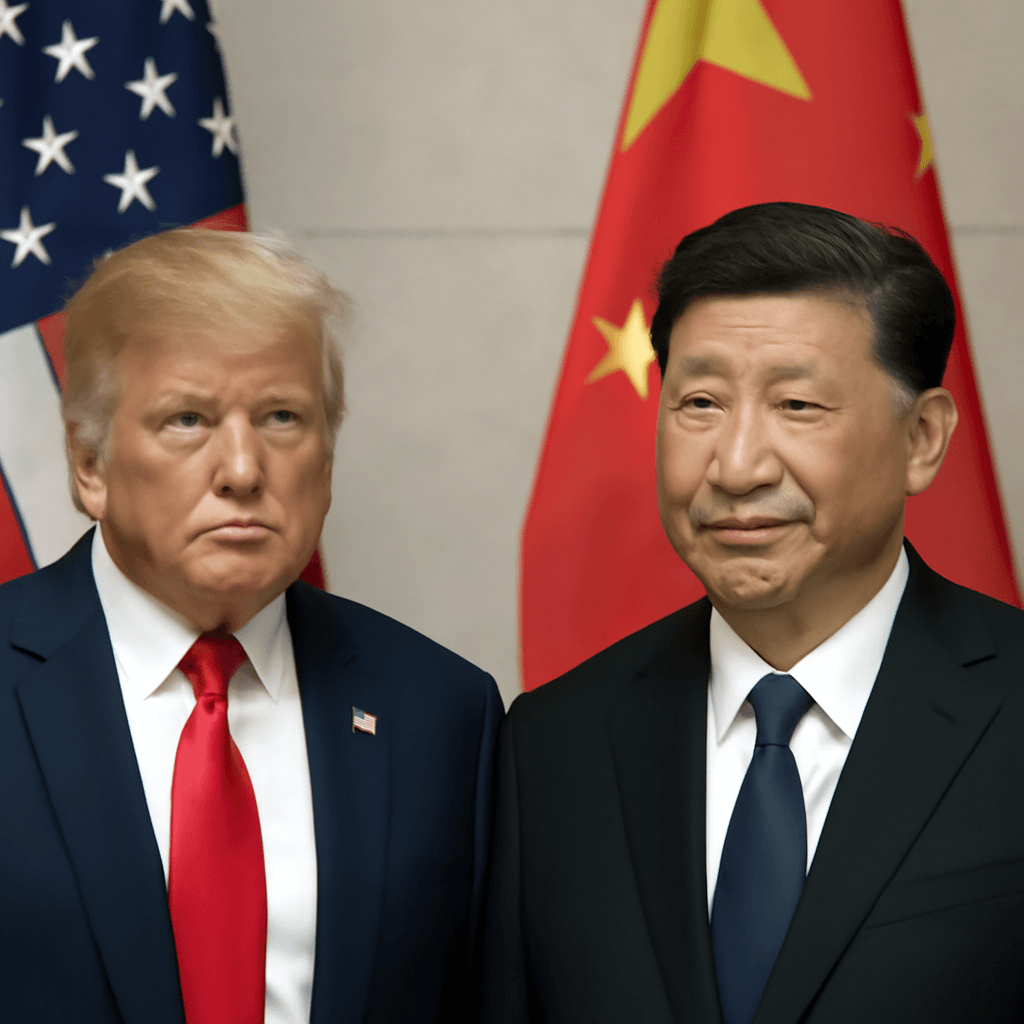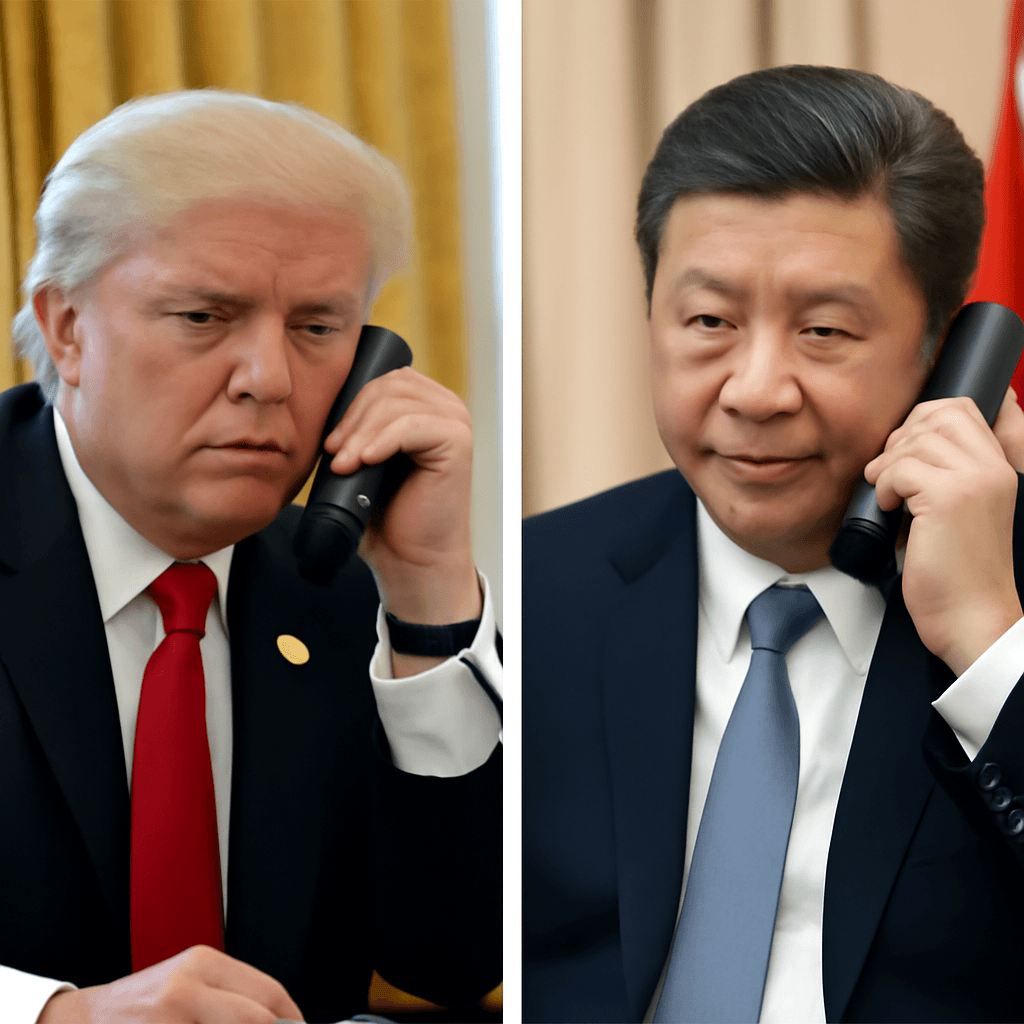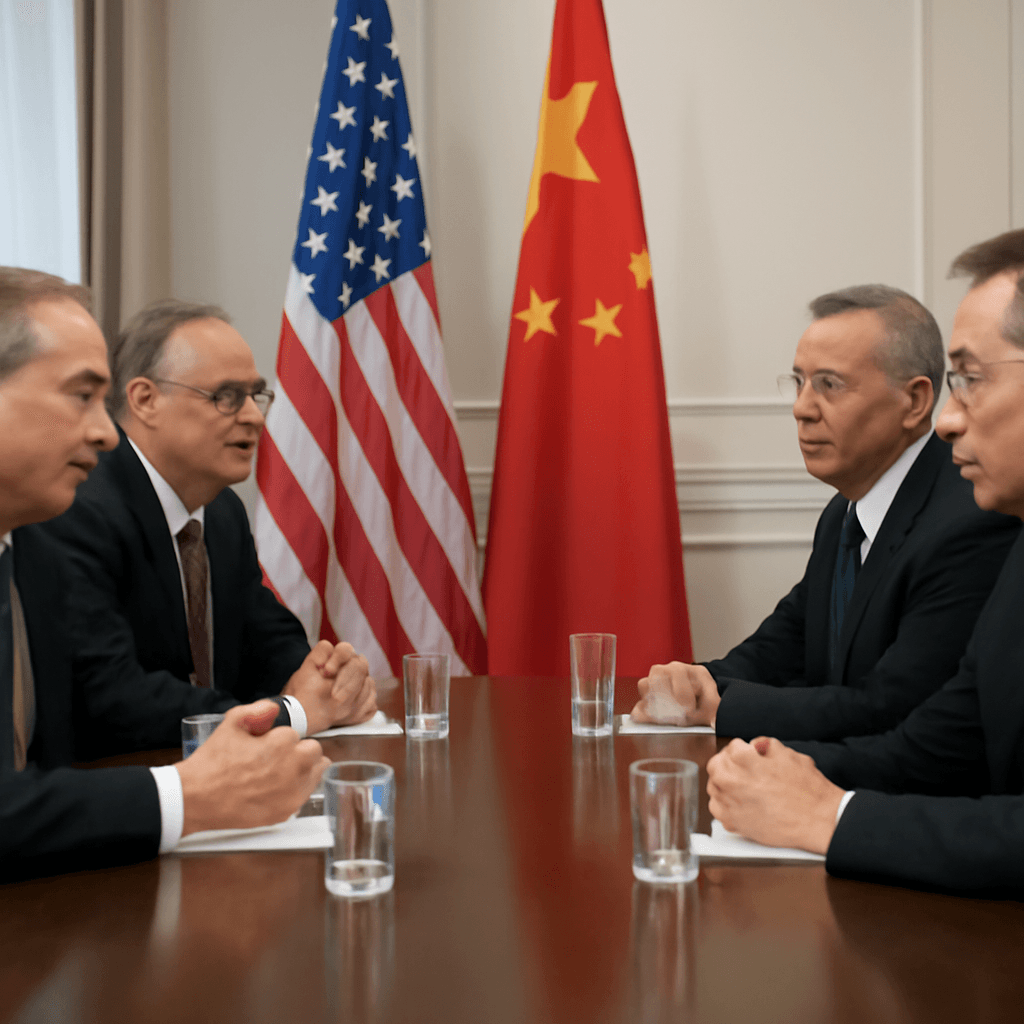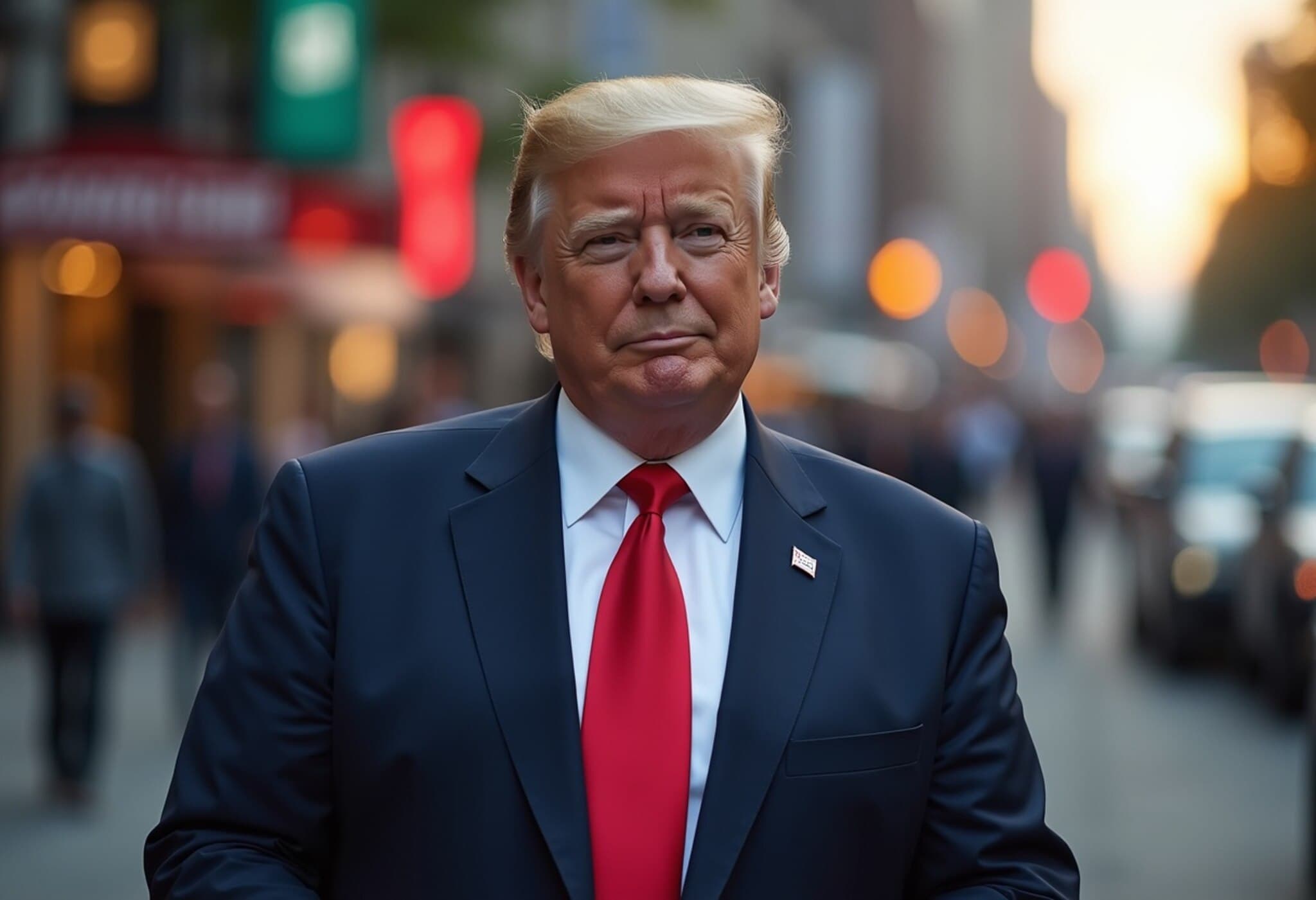Trump Signals Possible Beijing Trip Amid Efforts to Mend US-China Ties
On July 23, 2025, US President Donald Trump revealed plans that could see him traveling to China in the near future, a development closely watched amid ongoing attempts to recalibrate strained trade and security relations between the world’s two largest economies. Speaking from the Oval Office, Trump confirmed an invitation from Chinese President Xi Jinping and suggested the visit would not be too far off.
"President Xi has invited me to China, and we’ll probably be doing that in the not-too-distant future," Trump told reporters. "A little bit out, but not too distant. And I’ve been invited by a lot of people, and we’ll make those decisions pretty soon."
Timing and Possible Context of the Visit
The trip, while still unconfirmed, could align with Trump’s broader Asia tour planned later this year. Insider reports indicate two key opportunities for a potential face-to-face with Xi Jinping. One is during the Asia-Pacific Economic Cooperation (APEC) summit in South Korea, scheduled from October 30 to November 1. The other is a diplomatic event in Beijing on September 3 to commemorate the 80th anniversary of the end of World War II—where Russian President Vladimir Putin is also expected to attend.
If realized, meetings between Trump and either Xi or Putin would represent their first in-person encounters since Trump’s re-inauguration earlier this year. However, as of now, neither the White House nor China’s Foreign Ministry have issued public confirmations regarding these plans.
Strategic Dynamics With the Philippines Proxy
Trump’s announcement came on the heels of a meeting with Philippine President Ferdinand Marcos Jr., a pivotal US ally in the Pacific theater. Trump asserted that he successfully influenced Marcos to distance his country from Chinese sway.
“The country was maybe tilting toward China for a period of time, but we un-tilted it very, very quickly,” Trump said. “I don’t mind if he gets along with China because we’re getting along with China very well.”
Marcos, who assumed office in 2022, has since worked to deepen defense ties with Washington—a critical move amid intensifying maritime disputes in the South China Sea. The longstanding US-Philippines mutual defense treaty, more than seven decades old, positions the US as a key stakeholder in potential regional conflicts involving Beijing and Manila.
Trade Tensions and Tariff Battles: A Fragile Truce?
Despite the warming rhetoric, the US continues to classify China as its chief strategic competitor. Since returning to office, Trump has reignited a protectionist agenda reminiscent of his earlier term, reinstating tariffs that have weighed heavily on bilateral trade. Issues fueling tension include China’s support for Russia amid global conflicts, contentious disputes over Taiwan, challenges surrounding the opioid crisis, and troubling exit bans impacting US citizens.
Yet, Trump’s recent tone reflects a softer diplomatic posture; he described his rapport with Xi as "healthy" and outlined an ambitious proposal for a universal 10% tariff on all imports, with escalated rates targeting specific countries—including China, whose goods currently face tariffs as high as 55%, the steepest level among US trade partners.
With an August 12 deadline looming for negotiating a "durable" tariff agreement, much hinges on whether Trump’s prospective visit to Beijing can break the current deadlock and foster a more stable economic relationship.
Expert Analysis: What’s at Stake for US-China Relations?
From a geopolitical standpoint, Trump’s potential trip is layered with complexity. While personal diplomacy can sometimes thaw icy relations, skeptics argue the underlying challenges—dominated by strategic rivalry and deep-seated mistrust—require more than symbolic gestures. For the US, balancing economic interests with national security concerns remains an intricate dance, especially given escalating pressures in the Indo-Pacific.
Moreover, the impact on allies such as the Philippines demonstrates how local dynamics are influenced by broader US-China competition. Policymakers will be watching closely whether diplomatic overtures translate into substantive policy shifts or remain a fleeting moment in a fraught relationship.
Key Questions Moving Forward
- Will Trump’s engagement with Xi Jinping lead to tangible easing of tariffs and trade barriers?
- How might this visit affect US alliances and strategies in the Asia-Pacific, particularly relating to the South China Sea?
- Could this meeting alter the trajectory of US-China competition over Taiwan, technology, and global influence?
Editor's Note
As tensions between Washington and Beijing persist, President Trump’s hint at an impending trip to China marks a significant moment in contemporary diplomacy. While the invitation from Xi Jinping opens a door to dialogue, the underlying strategic complexities suggest cautious optimism is warranted. The coming months will be critical—determining whether this bold gesture evolves into meaningful cooperation or underscores the era’s geopolitical fractures.

